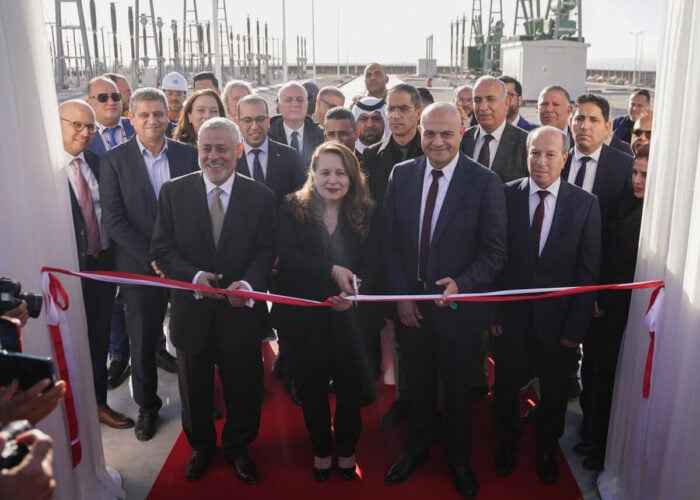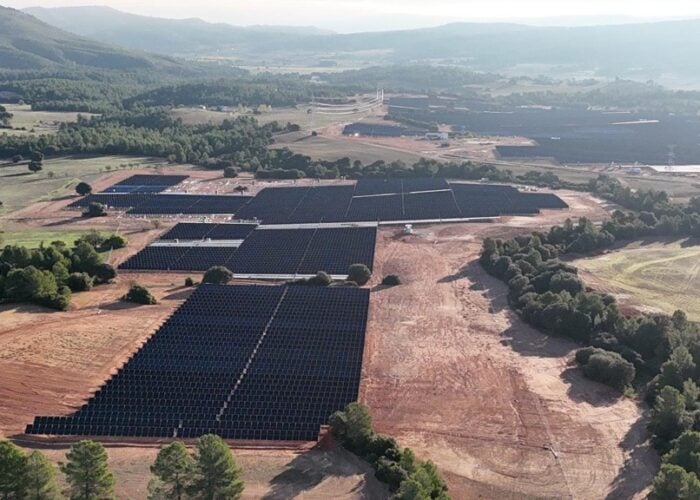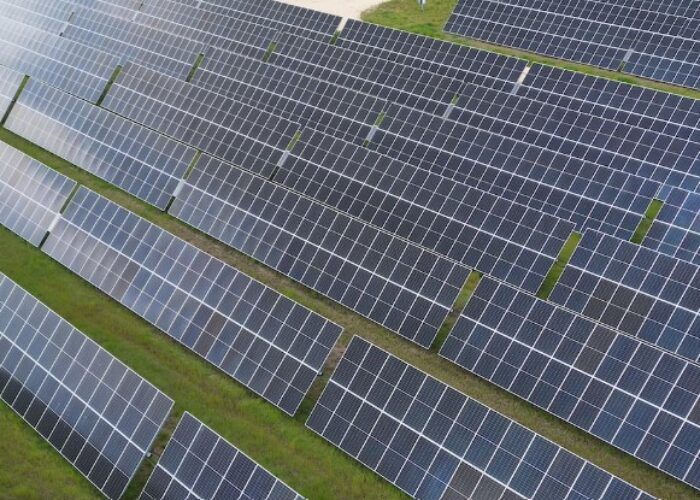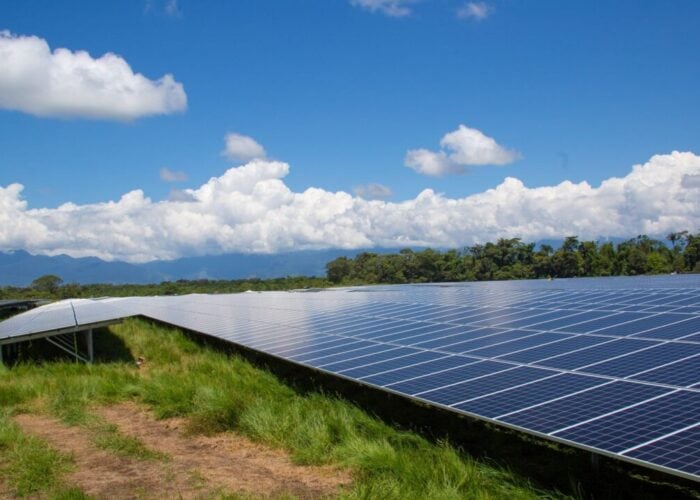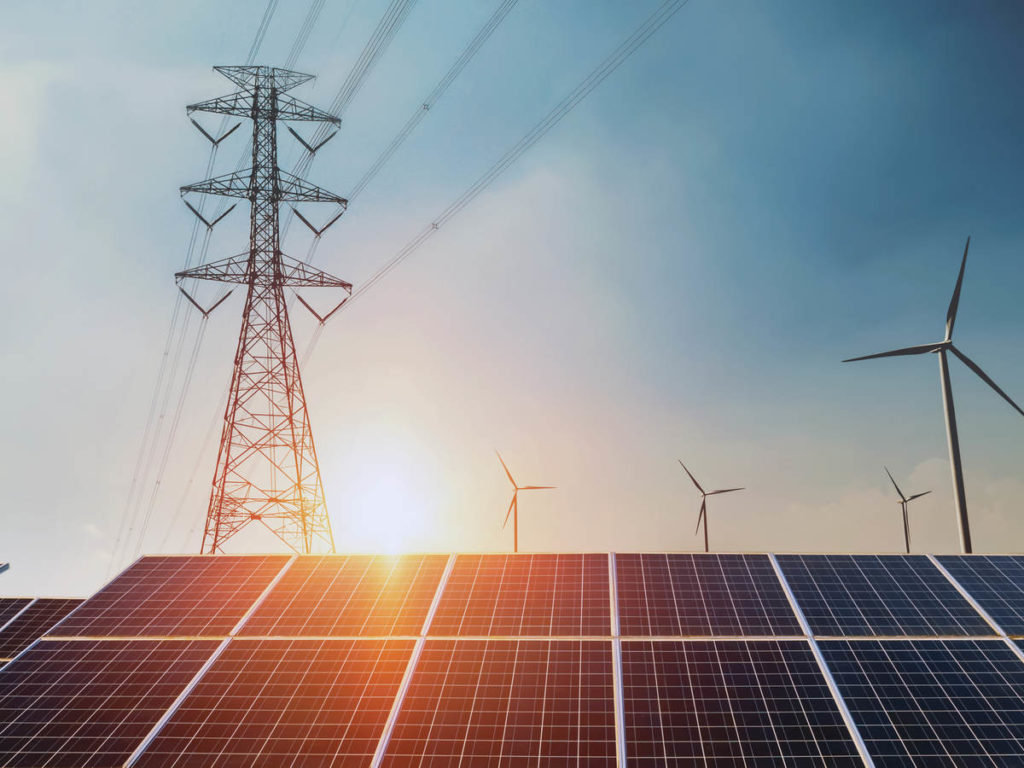
Advisory, audit and testing group UL has unveiled a new service for utility-scale renewable hybrid power systems to evaluate their potential profitability.
Called HOMER Front & UL Analysis, the service is designed to assess whether a developer’s solar or wind plus storage systems will “meet financial requirements and provide a stable and greener power supply”, Peter Lilienthal, HOMER Energy’s founder and UL Renewables’ global microgrid lead, said.
Try Premium for just $1
- Full premium access for the first month at only $1
- Converts to an annual rate after 30 days unless cancelled
- Cancel anytime during the trial period
Premium Benefits
- Expert industry analysis and interviews
- Digital access to PV Tech Power journal
- Exclusive event discounts
Or get the full Premium subscription right away
Or continue reading this article for free
UL acquired Homer Energy in December 2019 to expand the company’s training, analytics and advisory services across the renewable energy value chain.
The new tool will enable developers to optimise front-of-meter utility-scale hybrid projects that include wind, solar and battery energy storage systems (BESS) and assess their profitability.
The launch comes as dozens of solar and energy storage developers have added gigawatts of power generation capacity to their construction pipelines in the past year. Research from the US Energy Information Administration (EIA) published in January forecasts a record 15.4GW of new utility-scale PV will come online in 2021, although that figure may well be an underestimate. The US solar sector had already surpassed multiple records last year, according to a collaborative report published this week (16 March) by Solar Energy Industries Alliance and analyst firm Wood Mackenzie. Some 19.2GWdc was installed in 2020, representing a 43% rise on 2019’s figures. Close to half of this (8GWdc) was installed in the last quarter of the year alone, of which 6.3GWdc was categorised as utility-scale. Aided by the two-year extension of the investment tax credit (ITC) on solar installs, the report predicts that more than 400GW of solar capacity will be online by 2030.
Likewise, growth in utility-scale storage has accelerated towards the end of 2020. US installations of advanced energy storage surpassed the 1GW mark for the first time last year, according to a separate report from Wood Mackenzie, which predicts that the annual market could grow to 7.5GW/26.GWh in four years’ time. The world’s largest battery storage system came online in Monterey County, California, at the start of 2021, and other record-breaking projects are also under development in markets such as California and Australia.
As the solar sector ventures into new territory with much larger power systems, Lilienthal said the accelerating deployment necessitates software that can model “complex variables in front-of-the-meter generation”. Homer Energy’s latest product models time of delivery power purchase agreements, energy shifting arbitrage in the wholesale market and capacity reserve markets, and can also show information such as optimal dispatch for BESS.
Lilienthal said optimising software such as this is “the key to meeting the increasing need for flexible energy resources.
“We’re pleased to provide a modelling and analysis service which can help give developers confidence that their solar and wind plus storage systems will meet financial requirements and provide a stable and greener power supply.”


